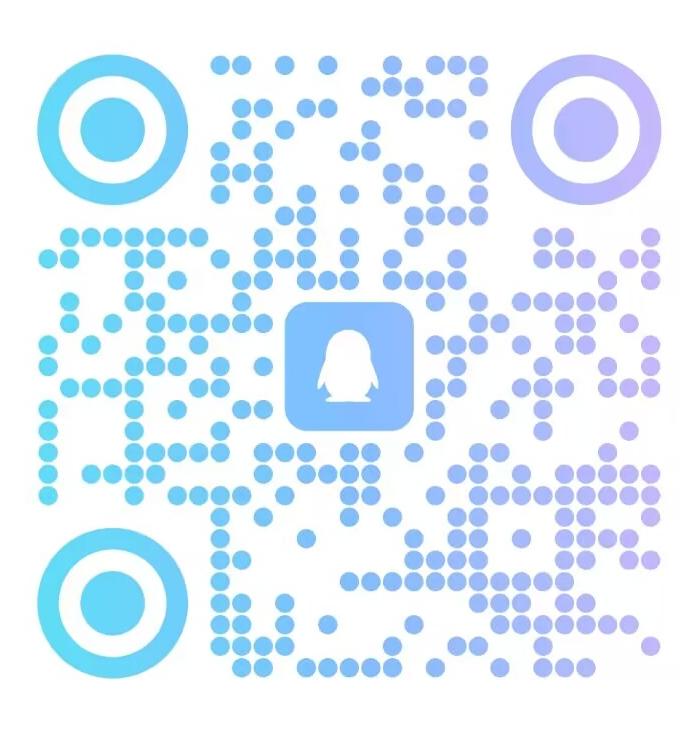QQ扫一扫联系

Part III Reading Comprehension (40 minutes)
Section A
Directions: In this section, there is a passage with ten blanks. You are required to select one word for each blank from a list of choices given in a word bank following the passage. Read the passage through carefully before making your choices. Each choice in the bank is identijied by a letter: Please mark the corresponding letter for each item on Answer Sheet 2 with a single line through the centre. You may not use any of the words in the bank more than once.
Our brains respond to language expressing facts diferently than they do to words conveying possibility, scientists at New York University have recently found. Their work offers new insights into the impact word choice has on how we. 26 between statements expressing what is real versus what is merely possible. The esearchers assert their findings are important because we are presented with false information all the time.Some of this is. 27 ,as is the case with deceptive advertisements, but the problem is 28 by individuals who believe they are sharing correct information. Thus, it is more important than ever to separate the factual from the possible or merely. 29in how we communicate. This is especially true as the study makes clear that information presented as fact. 30 special responses in our brains, which are distinct from when we process the same content with clear indicators of. 31
In their new study, the scientists intended to. 32 how the brain computes possibilities as expressed by words such as“may,”“might,” and "if." The researchers compared brain responses to statements expressing factual 33 and those expressing possibility."There is a monster under my bed" exemplifies a factual statement.“I will stay home," is also factual. This is opposed to statements that express possibility, like "There might be a monster under my bed," or "If it rains, I will stay home." The results of the study showed that factual language 34 a rapid increase in brain activity, with the brain responding more powerfully and showing more engagement with factual phrases compared to those communicating possibility. Thus, facts rule when it comes to the brain. Brain regions involved in processing. 35 rapidly distinguish facts from possibilities. Further, these regions respond in a much more robust fashion to factual statements